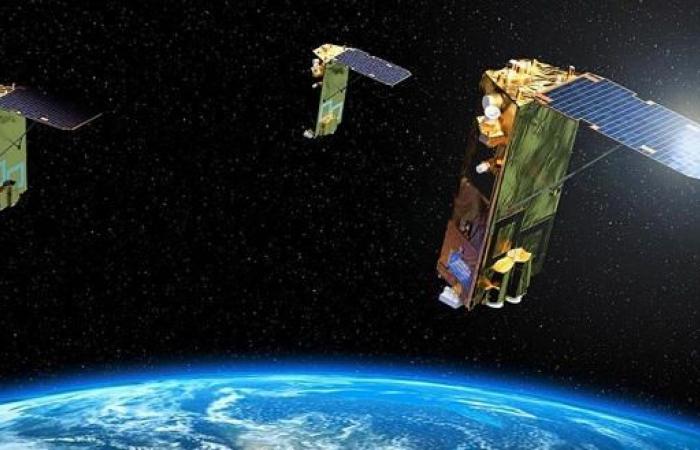
Launched in September 2014 by a Proton-M rocket, the Luch/Olymp K “grazer” craft made headlines when, four years after it was put into orbit, Florence Parly, then Minister of the Armed Forces, denounced its maneuvers around the Franco-Italian military communications satellite Athena-Fidus.
“We saw it coming, and took the necessary measures. We are monitoring it closely, and we have also observed that it continued to actively maneuver in the following months near other targets, but tomorrow, who says that it will not return to one of our satellites?”, declared Ms. Parly, as France was preparing to equip itself with a military space strategy.
The approach of satellites by “grazer” devices – which is not the sole fact of Russia – has now become commonplace. “A lot of things are happening” in orbit, thus confided General Stéphane Mille, the Chief of Staff of the Air & Space Force. [CEMAAE]during one of his last parliamentary hearings, last October. And to specify: “There are in particular a lot of rapprochements between objects. These are things that tend to develop on all types of orbits. Initially, it was on geostationary orbits. Now, it happens at all altitudes.”
At the same time, as if to illustrate the CEMAAE’s point, it appeared that Luch/Olymp K2, the successor to Luch/Olymp K launched in March 2023, had approached the Eutelsat KASAT 9A, Eutelsat 9B and Eutelsat 3B communications satellites, the latter carrying a “tri-band payload covering Africa, the Middle East, Central Asia and South America”.
Then, Luch/Olymp K2 remained quiet… before moving again towards another communications satellite, namely Astra 4A, which is operated by the SES SA group [établi au Luxembourg]provides three Ku-band broadcast beams: one to Scandinavia, one to Eastern Europe [des pays baltes vers la Roumanie en passant par l’Ukraine] and a last one towards sub-Saharan Africa.
According to the SatTrackCam website, which closely tracks the movements of orbiting vehicles, Luch/Olymp K2 has been systematically positioned close to a commercial satellite since it was launched. And that is what it did with Astra 4, between April 1 and June 22, at a distance varying from 20 to 75 km.
It remains to be seen what the point is of spying on commercial satellites… Former head of Space Command [CdE] and founder of the specialist company Look Up Space, General [2S] Michel Friedling put forward a hypothesis in his book “Space Commander”.
“Capable of listening to the electromagnetic spectrum in the frequency bands used by telecommunications satellites and analyzing the signals received, Luch-Olymp would contribute to the development of the database of the Russian Tobol jamming system, which targets telecommunications satellites in GEO orbit,” General Friedling said.
And he added: “The Tobol system would be capable of saturating uplinks and rendering inoperative satellites passing within its field of vision, over a fairly large part of the geostationary arc. But the Luch-Olymp would also be able, by positioning itself a few dozen kilometers from the spied satellite, to precisely locate a terrestrial user of the satellite”…
In the meantime, Luch/Olymp K2 is on the move again. “It is now drifting westward at a drift rate of about 0.9 degrees per day,” SatTrackCam reports.
Photo : illustration / archive





